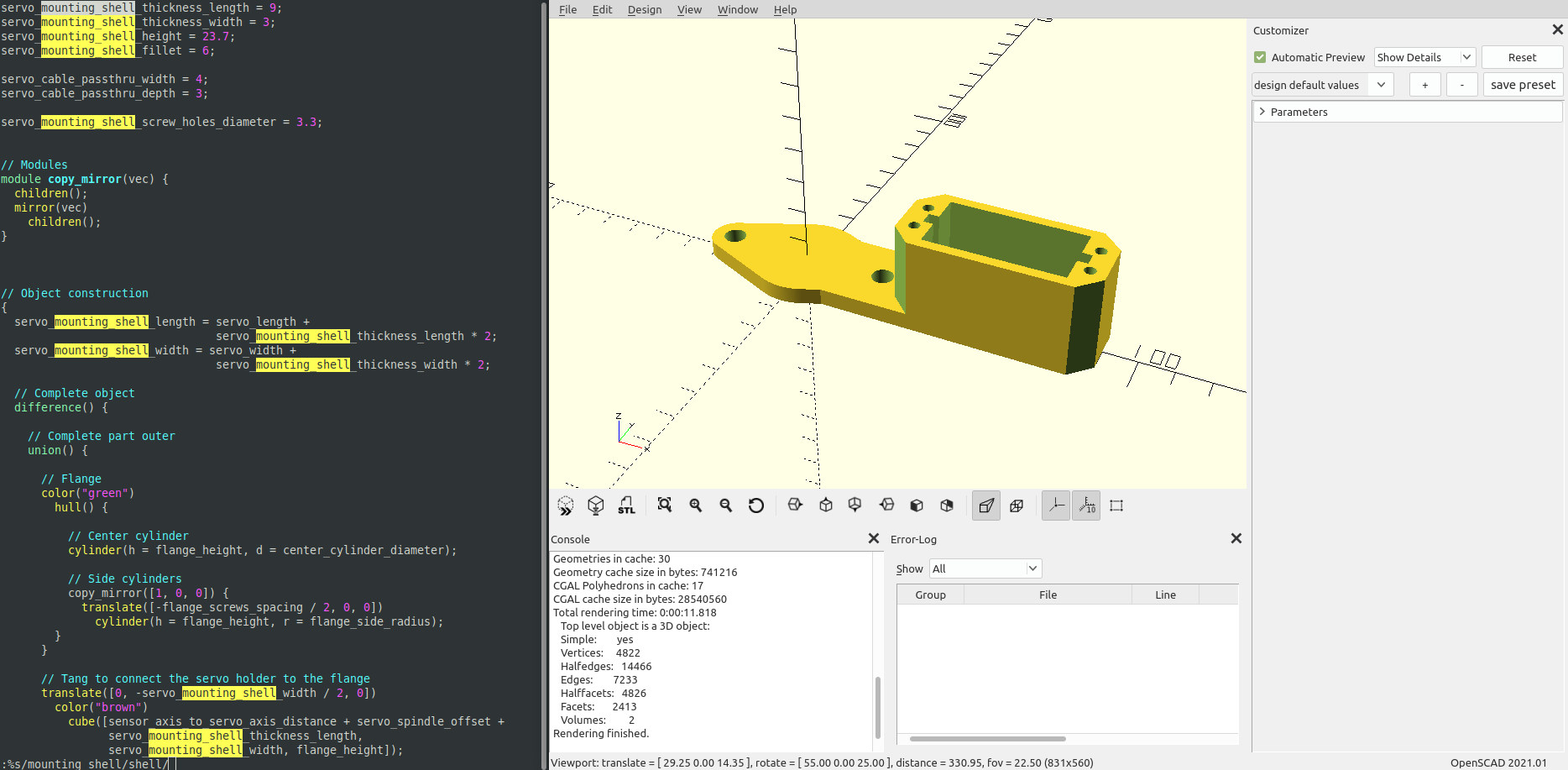VIM - Vi IMproved
1050 readers
1 users here now
For Vim enthusiasts and anyone interested in Vim/Neovim!
"VIM is the greatest editor since the stone chisel." - Dr. Jose Unpingco
#HJKL
founded 1 year ago
MODERATORS
1
2
3
4
5
6
7
8
9
10
11
12
13
14
15
16
17
18
19
20
21
22
23
24
25
view more: next ›


